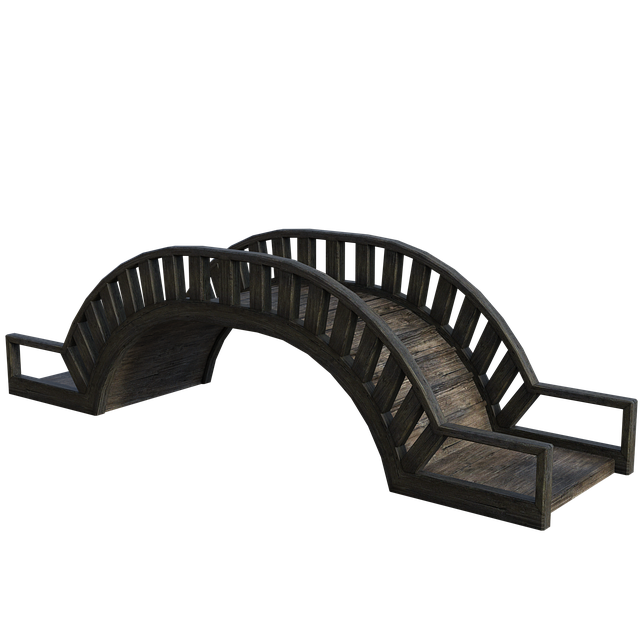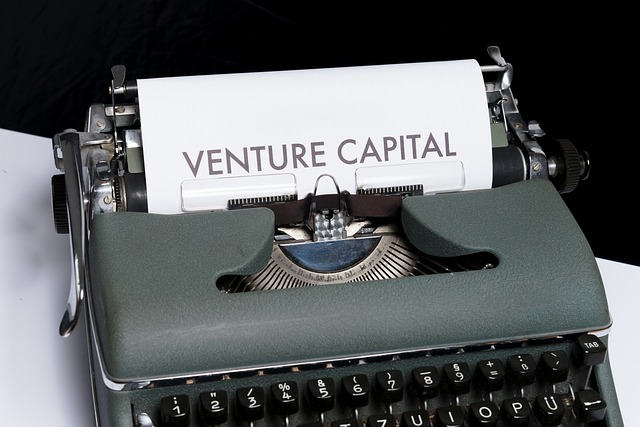Equipment plays a vital role in the success of many businesses. From commercial construction companies to restaurants, professional movers and more, many businesses rely on equipment to carry out their operations. Purchasing equipment, however, isn’t always viable. Some businesses may lack the cash on hand to purchase a piece of new equipment. As an alternative, they can either finance or lease the equipment. Equipment financing and leasing are two popular alternatives to purchasing equipment.
Equipment Financing vs Leasing: What’s the Difference?
 What Is Equipment Financing?
What Is Equipment Financing?
Equipment financing is a form of debt financing that involves the use of a loan to purchase a piece of equipment. Equipment suppliers may offer equipment financing. Alternatively, banks and alternative lenders may offer equipment financing. Regardless, it’s a form of debt equity in which a business takes out a new loan specifically for a piece of new equipment. The business must repay the loan, typically by making small monthly payments over the term of the loan.
What Is Equipment Leasing?
Equipment leasing is an agreement between a business and a supplier to use a piece of equipment. Some businesses may purchase the equipment outright, whereas others may finance or lease the equipment. Equipment leasing essentially involves renting the equipment. Businesses can rent the equipment for a specified period. During the lease period, businesses will be required to make payments to the lessor.
Differences Between Equipment Financing and Leasing
Equipment financing and leasing both allow businesses to use a piece of equipment without purchasing it outright, but they are two different types of financial arrangements. Equipment financing allows businesses to own the equipment. Once the business has paid off the loan, it will officially own the equipment. Equipment leasing, on the other, doesn’t allow for ownership of the equipment. It consisted of a lease period, during which businesses will pay to rent and use the equipment. Even after the end of the lease period, businesses won’t own the equipment.
 Leasing still offers its advantages. You can typically deduct payments for equipment leasing on your business’s taxes. More importantly perhaps, payments for equipment leasing are typically lower than those for equipment financing. If you finance a piece of equipment, you’ll probably be required to make larger payments, which can have a negative impact on your business’s cash flow.
Leasing still offers its advantages. You can typically deduct payments for equipment leasing on your business’s taxes. More importantly perhaps, payments for equipment leasing are typically lower than those for equipment financing. If you finance a piece of equipment, you’ll probably be required to make larger payments, which can have a negative impact on your business’s cash flow.
This article was brought to you by Intrepid Private Capital Group, a Global Financial Services Company. For more information on startup and business funding, or to complete a funding application, please visit our website.









+ There are no comments
Add yours